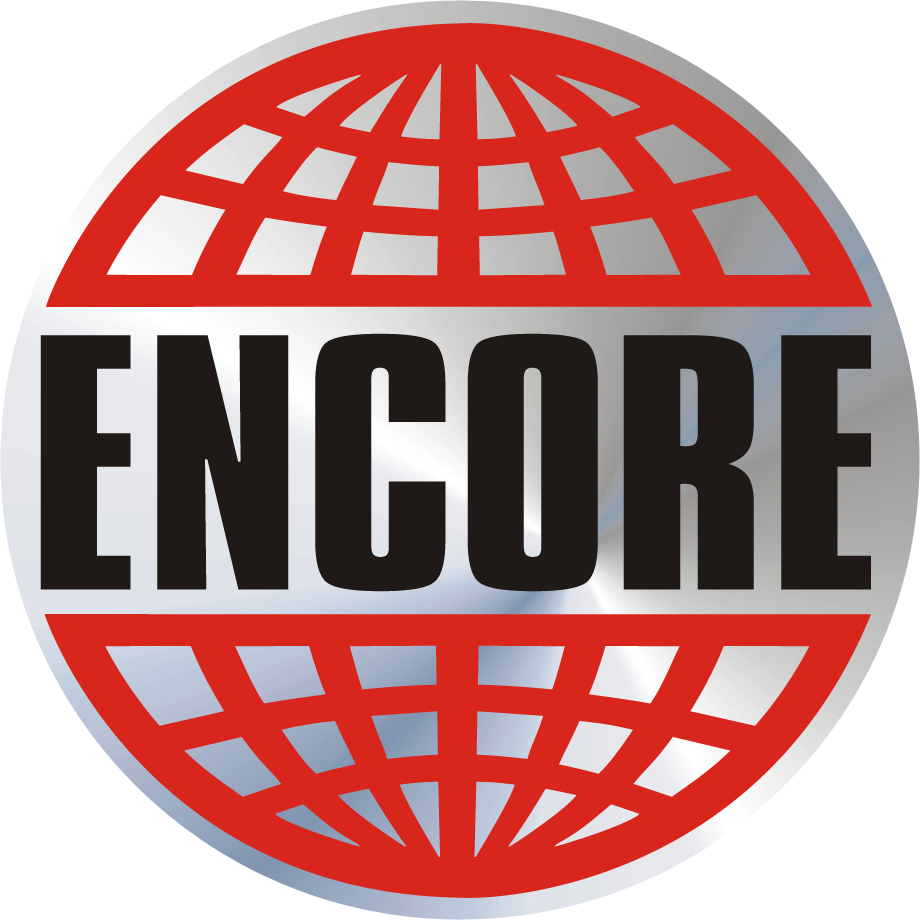Encore Projects
Preparation is key
Our project work can be one of Encore’s cranes on-site for days or weeks at a time, but most sites need much more support. If there is equipment, or product to deliver to the site, Encore has tilt decks, winch tractors with live roll trailers, flat decks of all types, high boys, step girls, transforming decks, and boom trucks able to load and transport to the site.
At the site, hydraulic trailers and winch packages can offload and if another assistance is required; Encore has a range of forklifts from 4000 lbs to 50,000 lb capacity to offload. And our wide selection of boom trucks means we can send the appropriate size of crane to lift the load out, to the reach required and keep our pricing in line.
Many of today’s construction sites require extra training, and orientations, both pre and on-site. Encore has a great deal of experience preparing our people and circumstances for the highly demanding site and circumstances.
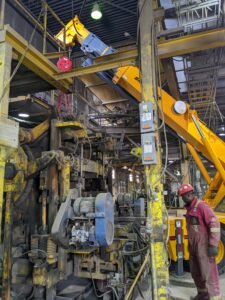
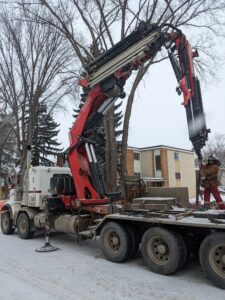
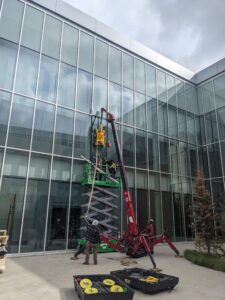
We can prescreen and orient our operators before we get to the site.
Examples are acquiring additional credentials such as a D and A test, a criminal background check, or an online client orientation. We regularly submit the operator’s license, skill (crane), credentials, proof of rigging skills, current unit and crane inspections, lift plans, and a full JHA.
On-site our people have a thorough tailgate orientation for the entire crew and are always prepared to show TDG, WHMIS, H2S, First Aid, CSTS, and lately FORT.
Our dispatch, site contact, safety, and HR all work together to ensure the necessary credentials are fulfilled, available, and submitted.
The site paper flow and safety work are both seen of equal importance, as the operational instructions and site training. The work cannot move forward until all three phases are in place.
Credentials, and orientations; safe work and risk reduction plans; and the operational directives. It takes years but Encore has developed and streamlined the internal paper flow and the coordination and site requirements, our people’s training; what they have, what they need: and how we ensure they are site qualified.
We make sure we have the entire program in place before we get to the site.
It’s important to highlight this skill and operational set. On today’s worksite, your service provider needs to have a well-organized, thorough system with competent, experienced people to oversee, run, and double-check the cloud of details that invariably guard every site’s door.
Waiting for proper credentials is a painful, non-billable expense, that can be embarrassing to all parties. Encore’s staff is ready to help.
Ready and willing
Once we are on-site, the project work schedule and site plans can change with conditions and operational circumstances. Here are several real examples of recent work, in a variety of industries, where operational plans had to pair with administration work and safety protocols.
At U of A Engineering, we needed a small carry deck to lower our gear thru a hole in the floor into the basement. But a site engineering clearance was required before we could bring our carry deck crane into the main floor. And a general Campus orientation, on top of the site and PCL orientations.
At the Alberta Legislature underground parking garage, we had to have a 20-ton knuckle boom, in the tunnel, short rigged to offload 50 ft pipe. But, we needed an OSCAM from the city to block a lane, and criminal background checks to work on the grounds.
In Fox Lake we needed our low profile step deck to haul a new cooling plant to their hockey rink. But it was so high, that we needed overheight permits, a routing from DOT, and line clearance from ATCO and FORTIS; plus permission from the local road authorities to cross the ice bridge over the mighty Peace River. (in the second week of March! We looked at this slushy portal very hard before we slowly crossed over).
At the new Amazon building, we delivered 50 rooftop air and heating units and placed them in the parking lot, exactly as the helicopter company directed.
We also supplied 4 complete sets of rigging for the mechanical and flight crew. But, we had to supply detailed proof of every sling and shackles load rating, proof of recent inspection; and have all gear marked plus supply the mechanical companies office with hard copies.
In a new downtown atrium joining the old Carillion Building and the Boardwalk, we had to use our largest, and newest mini crane to reach piping in thru a third-story window. But, we had to supply, a lifting plane, our crane inspection, and operator’s credentials to the site; guaranteeing we could do the lift safely and further to that, instructing all parties not to touch a single brick in the historic site.
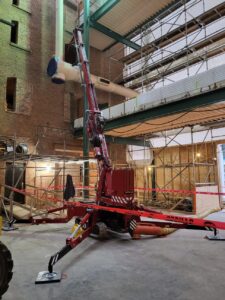
We had 20 ft piping going thru an upper window. We designed and organized an unloading platform with a sill plate protector, and submitted a detailed lift plan. It showed how our fly jib could elevate high enough that we could reach straight in the opening. The crane made short work of this high reach, tight site, and sensitive construction.
At the Hydrogen Convention, we were asked to move one of the displays into the building. A Hydrogen display trailer, an actual working model, showcasing hydrogen storage, feeding a fuel cell, and creating electricity on demand. We needed a large boom truck and a spreader bar to load the flashy boxy unit onto our trailer. But at the site, we needed to offload, set the brightly painted module onto skates, and push it inside into the convention hall. We had to guarantee we could move the 10-15,000 lb module across the tiled flooring, into the main display area without damaging the tiles.
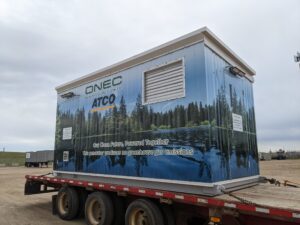
The little skates would handle the weight, but the floor, the tiles, were definitely in danger. We used our four-foot-wide polyurethane skate system, and once we were in position, our toe jacks lifted the display booth and lower it into place.
Back at the engineering building on campus, we had to deliver 7- 1500 lb regulators and an 8000 lb transformer into a sub-basement, the ‘dungeon’, that was thru another opening and 4 feet lower than the main basement. The only way to get thru the door and down 4 ft safely was to drill and install lift lugs into the basement’s concrete ceiling.
To sell this idea to the General, we had to supply engineered capacity data from Hilti showing their bolt strengths, a lift plan, an engineered stamp for the lift lugs, and certs for the 4 chain hoists we needed to use. It was a lot of work but everything worked out.
Any and all industries to serve
Some of the pipeline service companies’ projects involve large amounts of spooling and pipe for different line sites, plants, and compressor stations. They have hundreds of feet of bending, twisting feeder pipe, for each project; with valves, flanges and risers all needing to be welded and shaped.
Once the rough fabrication is done, transport and delivery are needed and we have been fortunate enough to work with local companies on projects all over Alberta, some in Saskatchewan and BC.
There are hundreds of feet of spooling involved, multiple loads, with each spool needing stress relieving from the welding, then coating, and painting; and finally a site delivery. With a minimum of three transport steps for each load of spools; this work requires constant monitoring and organization that runs into spreadsheets and full use of our GPS tracking system.
The most recent example is a single fabricator and installation company that has seven projects going simultaneously. Keyera, local; Pembina, Empress Saskatchewan; Tide Water in Prince George, Trans Mountain all over; Atco in the Heartland; IOL, Imperial oil in refinery row; And IPPL Inter Pipeline, also in the heartland.
We are taking care of them all. And each site, each separate client, has its safety and site protocol.
We ensure we are keeping our people certified and oriented. It is a task for sure, and we have so many trailer commitments that we have multiple trailer rentals in most of the projects. Some are third-party rentals from our fabricator or the main client. It is a lot of movement, but we track each load thru the initial loading, to stress relievers, then the painting, and finally to the site.
Our dispatchers share some of the loads and some are assigned exclusively to a single dispatch point of contact to simplify communication between ourselves and the clients’ many voices and entities.
There is movement every day. Our office and field people have managed to stay on top of these sites so well, they just keep rewarding us with more. Bring it on!
If your company has some complicated, involved tasks on-site, and you need a company to partner with, share some project responsibility, and help organize and plan the work; give us a crack at it.
You won’t be disappointed.
